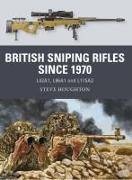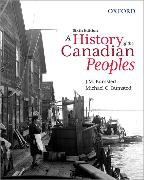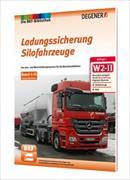- Start
- British Sniping Rifles since 1970
British Sniping Rifles since 1970
Angebote / Angebote:
In the 1950s the British Army ended the selection and training of soldiers for sniping duties, instead concentrating its efforts on the perceived militarychallenges of the Cold War, in which sniping was no longer envisaged to play a part. Chambering the .303 round, the venerable Lee-Enfield No. 4 Mk 1T bolt-action sniping rifle was still available, but the Soviet Union had developed a new sniper system based on the Dragunov self-loading rifle. In response to the Soviet challenge, the British Army adopted the 7.62mmL42A1 bolt-action sniping rifle. The L42A1 was deployed in Dhofar and Northern Ireland, but arguably saw its finest hour during theFalklands War (1982).The harsh conditionsof the South Atlantic laid bare the L42A1's inadequacies. A new company, Accuracy International, won the contract to replace the L42A1 and their PM Rifle, a world-beating revolutionary design, was adopted in 1985 as the L96A1. Progressively upgraded, the L96A1 went on to serve as the British Army's primary sniper system, being deployed in Northern Ireland, the First Gulf War, Bosnia, Iraq and Afghanistan. The L115A3, chambered in .338 Lapua Magnum, joined the L96A1 in the front line in 2008 and since 2012 has been Britain's standard issuesniping rifle. For eight yearsfrom 2009, the L115A3 - in the hands of Corporal of Horse Craig Harrison - held the record for the longest recorded sniper kill (2, 475m), surpassed only in 2017.Fully illustrated, this study assesses the development, combat use, impact and legacy of these three iconic British sniping weapons and details their use since 1970.
Lieferbar in ca. 10-20 Arbeitstagen




